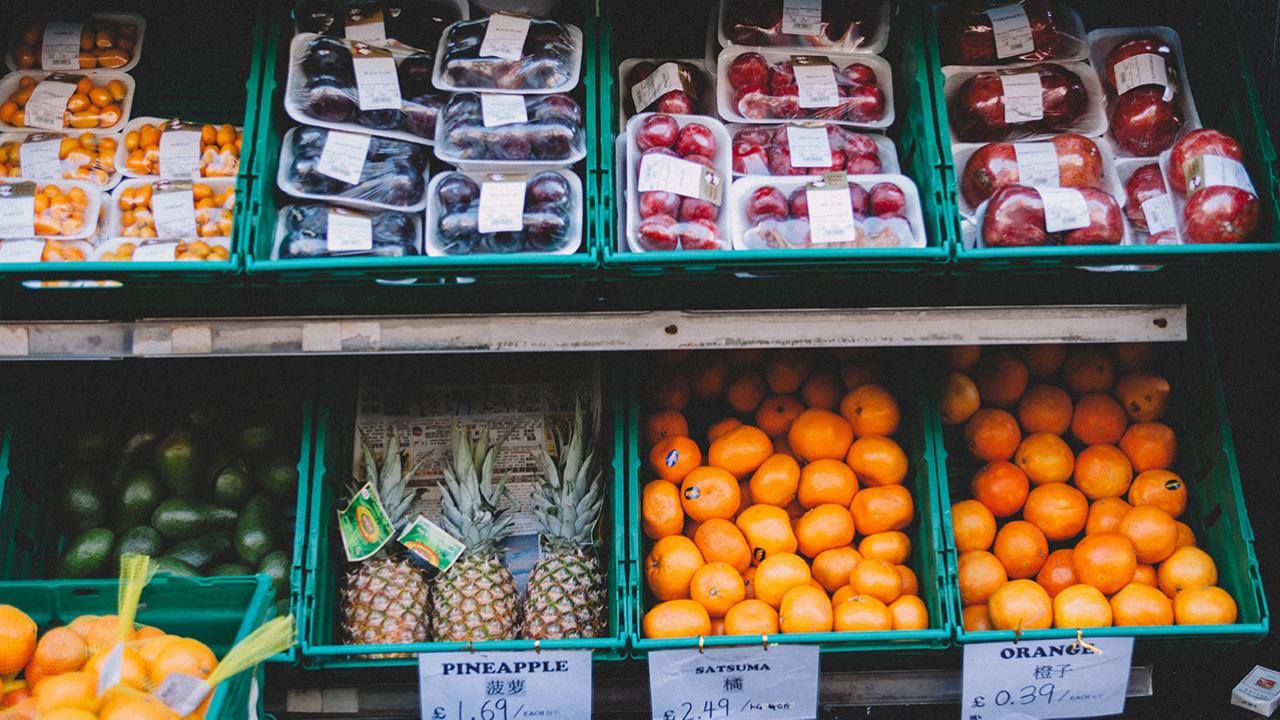This article was published in Cornhusker Economics on March 3, 2021.
The Bayard Grocery store made headline news in Nebraska the end of January with the announcement of its upcoming closure. Unfortunately, a grocery store closing is not uncommon in Nebraska or across the United States. A North Dakota study from the state’s association of rural electric cooperatives in 2017 found that in communities with 2,100 people or fewer, there are 98 full-service grocery stores, down from 137 in 2014. In addition, A PEW Trusts article in October 2019, further addresses the nationwide challenge of rural grocery store closures. Challenges include decreased population, competition from superstores (i.e., Walmart), and rural food distribution.
While there are many challenges to rural grocery store transitions, this article focuses on how community supported enterprises can assist a community in preparing now for successful rural grocery store transitions.
Community Supported Enterprises – what does this mean? Simply it is when community members organize a business that involves pooling local funds with the intent to keep the business sustainable. Walzer and Sandoval in Emergence and Growth of Community Supported Enterprises state that a community supported enterprise is difficult to define precisely due to its diverse purposes and approaches, but a common characteristic is direct community support and involvement. Social Enterprises and Community Supported Businesses are two models that are identified.
Social Enterprises meet a social need or purpose and are not focused on selling a product. Generally funded by direct contributions or donations.
Community Supported Businesses represent a way to provide general community support for a private business. The investors may or may not be involved in managing the business venture. However, a product or service is generally sold.
Read the full article on Cornhusker Economics:
More